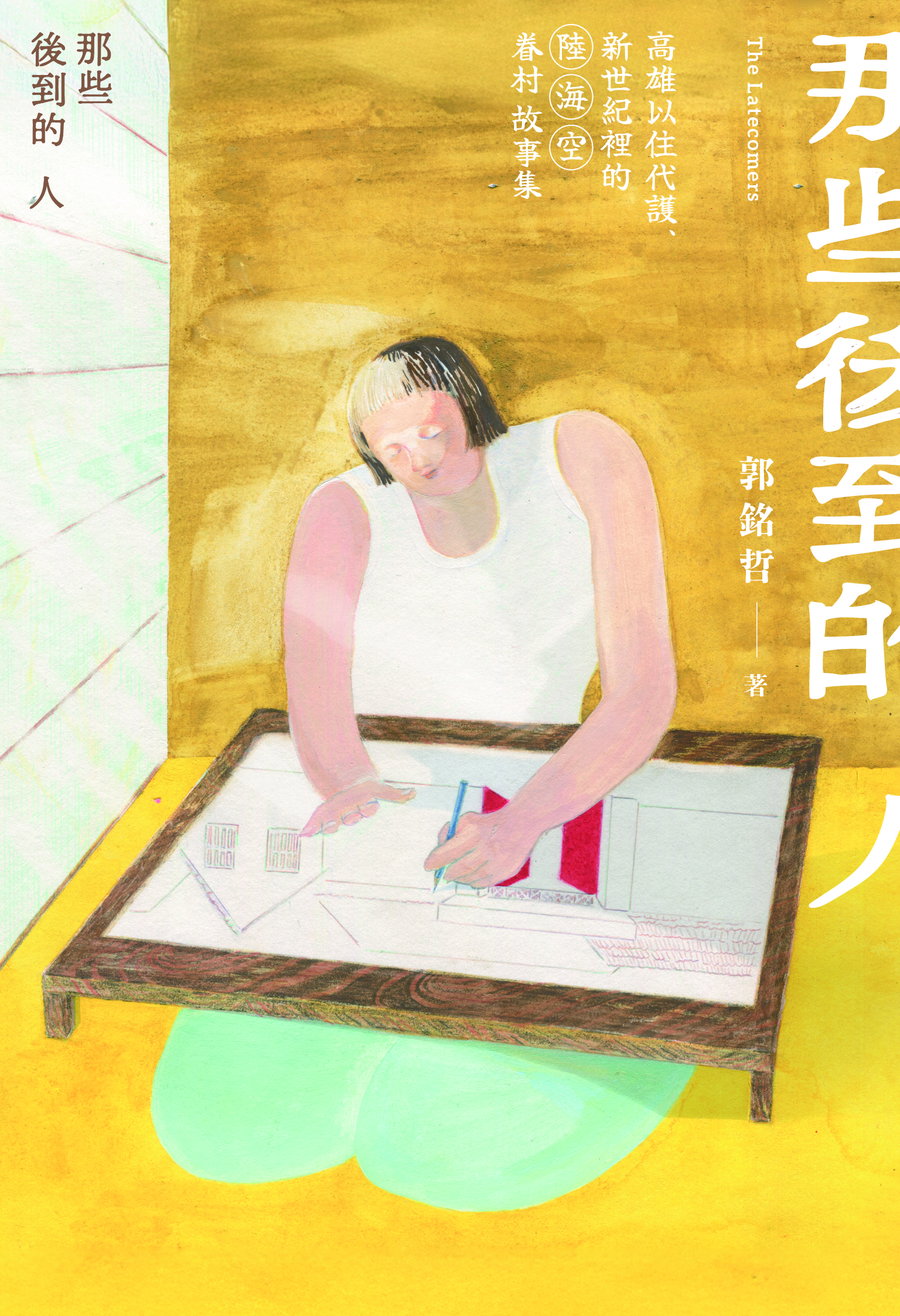那些後到的人:高雄以住代護、新世紀裡的陸海空眷村故事集
The Late Arrivals: Stories of Military Dependents’ Villages in Kaohsiung’s New Era
其他
2025 實體與數位同步
透過21組新世紀村民的真實故事,本書描繪高雄鳳山、左營、岡山三處眷村的生活新貌。來自各地的「後到的人」以住代護,與老房子共振出新的創意與情感,讓眷村從歷史地景轉化為多元共生的實驗場。
Through 21 stories of new-generation residents, this book captures the evolving life in three military dependents’ villages in Kaohsiung. These “late arrivals” from across Taiwan have brought fresh energy to the historic spaces through creativity, dialogue, and coexistence. Once built for military families, the villages now serve as cultural hubs, redefined by those who now live, care for, and dream within them.
作者郭銘哲
作者Roger Kuo
文本體裁報導文學
出版單位蔚藍文化、高雄市政府文化局
出版單位Azure Publishing House,Bureau of Cultural Affairs, Kaohsiung City Governmen
版權擁有蔚藍文化
作者介紹
-
作者
郭銘哲
高雄人,1982年生,畢業於高雄中學,長居高雄。曾造訪23國,熱愛探索老城文化與在地飲食。現為作家、自由文字工作者與品牌規劃師,文章散見各大媒體。曾獲選法蘭克福與瓜達拉哈拉國際書展書籍,獲得高雄市文學獎助,著作《雄好呷》曾改編為舞台劇,《雄合味》獲選文化黑潮之拓展臺流文本外譯計畫。
作者介紹
-
作者
Roger Kuo
Born in Kaohsiung in 1982, the author is a writer, creative consultant, and columnist known for his deep engagement with local culture and food. A graduate of Kaohsiung Senior High School, he has traveled to 23 countries and is passionate about old towns and regional cuisines. His work has been featured in major media outlets and selected for international book fairs, and has also been adapted for the stage and supported by national translation and publishing programs.
作品簡介
本書打破我們對傳統眷村的想像,聚焦於高雄鳳山黃埔新村、左營建業新村、岡山樂群村三地,描寫新世紀透過「以住代護」機制進駐的「後到的人」——一群不見得成長於眷村,卻因緣際會與眷村結緣的新世代住民。 這些人來自台灣各地,是設計師、藝術家、廚師、創業者……他們帶著不同的生活經驗與夢想進駐舊有軍眷住宅,與地方互動、與自己對話、與建築共生,在時代的縫隙中延續與轉化眷村文化。透過21個村戶的故事,我們看見眷村不再只是過去的記憶,而是當代城市中多元創造的可能性。 在全球化城市逐漸同質的今天,這些保留歷史紋理的村落提供一種緩慢、充滿生活感的替代節奏。那些「後到的人」不是旁觀者,而是參與者、重塑者。他們為村子帶來新的能量,也讓城市的文化輪廓更加豐富、立體。 《那些後到的人》是繼《雄好呷》、《雄合味》後,作者進一步以人為核心的高雄書寫力作,結合文圖敘事與在地探訪,是認識台灣眷村文化轉型最鮮活的一手記錄。
作品簡介
This book explores the contemporary transformation of three military dependents’ villages in Kaohsiung through the eyes of a new generation of residents. Brought together by a housing-for-preservation program, these individuals from diverse backgrounds engage with historic homes through daily life, creativity, and community building. Rather than passive tenants, they are active contributors shaping the villages into dynamic, inclusive spaces. Their presence redefines these once-military enclaves as open, evolving cultural environments. Featuring 21 stories, the book highlights new ways of relating to place, showing how historical sites can remain vital and creatively reimagined in modern Taiwan.
出版資訊
- 類型風格 其他
- 作品尺寸 13 x 19 cm
- 作品集數 1集已完結
- 出版年份 2025
-
出版方式
實體與數位同步
- 適合年齡 不分年齡
- 是否為跨國題材 否
- 作品規格(頁數) 304
- 作品規格(字數) 40000
-
其他補充資訊
- 媒合目的 版權交易



